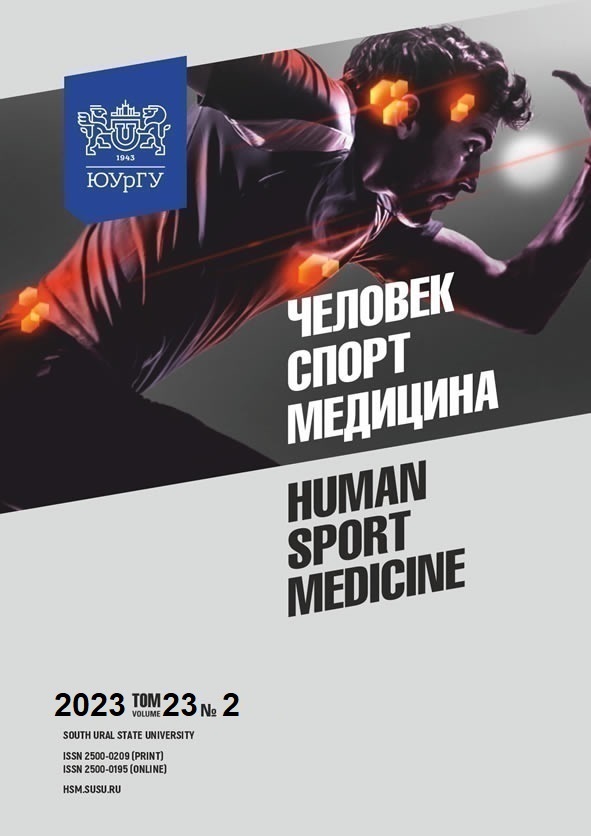MENTAL REPRESENTATIONS OF MOTOR ACTIONS AND THEIR BRAIN MECHANISMS
Abstract
Aim. The aim of this work was to identify and analyze all the main aspects related to the organization and execution of movements, including mental representations of motor acts. Materials and methods. This paper provides a theoretical analysis of scientific publications from Russian and foreign authors related to the brain mechanisms of organization of movements and their mental representations from the late XIX century to the present day. Results. The results obtained demonstrate that brain mechanisms of movement organization and mental representations of movements are complex and multilevel by nature and involve many structures of the central nervous system. Conclusions. The brain substrate of mental representations is a distributed functional system that includes a complex of brain structures: the cortex of large hemispheres (in particular, motor areas, as well as associative cortical areas that include prefrontal and parietal cortex), cerebellum, basal ganglia, thalamus, and other structures. The thalamoparietal and thalamofrontal systems also play an important role in mental representations of movements.
References
References on translit
Copyright (c) 2023 Human. Sport. Medicine

This work is licensed under a Creative Commons Attribution-NonCommercial-NoDerivatives 4.0 International License.















